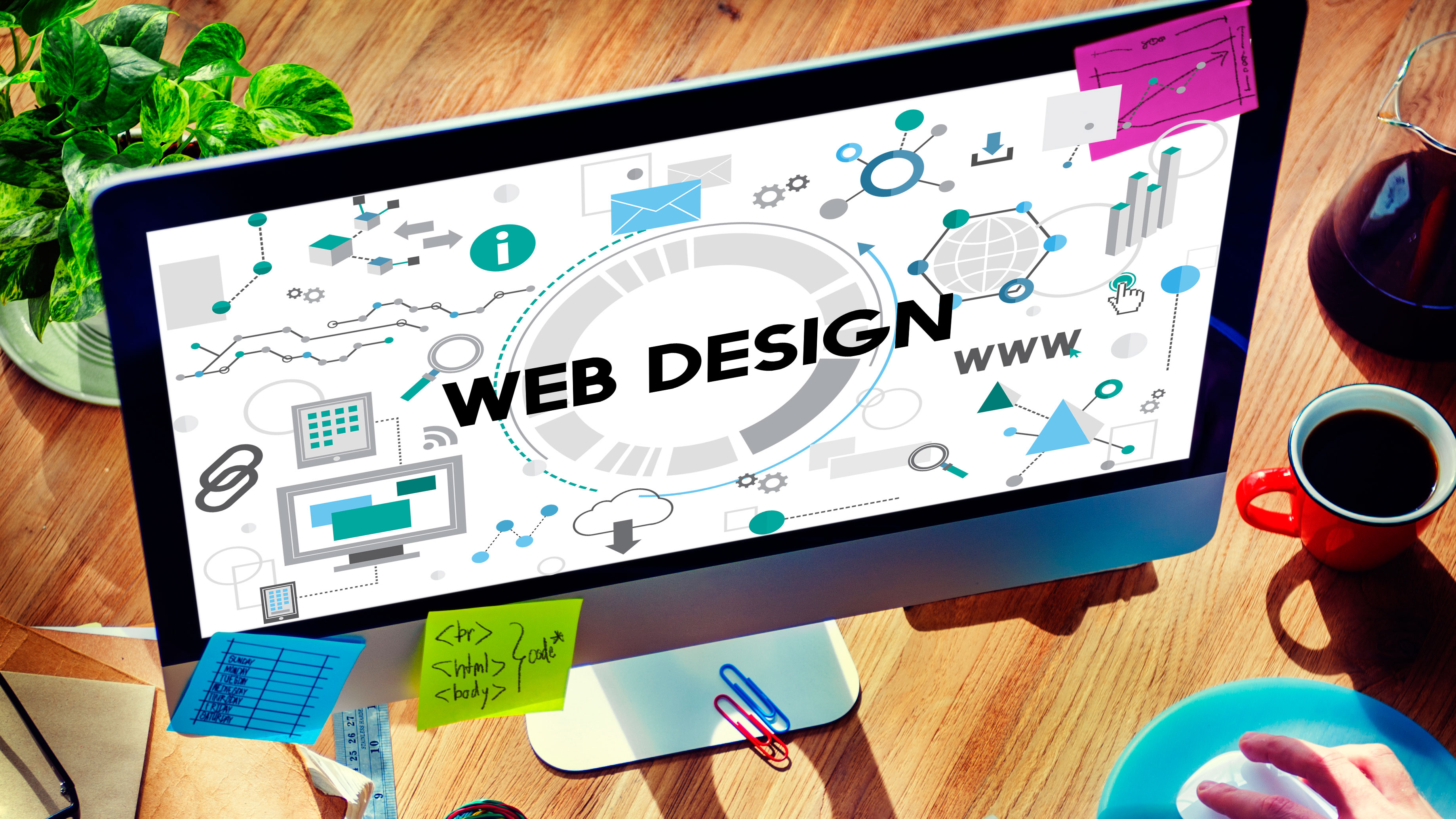All Categories
Featured
Table of Contents
- – Boxcar Studio - Wordpress & Drupal Web Design ...
- – Web Design Services - Verizon Small Business ...
- – Responsive Design Best Practices - Google Sea...
- – What Is Web Design? - Interaction Design Foun...
- – Ciw Web Design Series Tips and Tricks:
- – Figma: The Collaborative Interface Design Too...
- – Web Design - Website Design Tutorials, Artic...
- – What Is Web Design? - Interaction Design Fou...
- – Web Design - The First 100 Years - Idle Word...
- – Web Development Bachelor's Degree - Full Sa...
- – Web Design Blog - Webdesigner Depot Webdesi...
- – Siteinspire - Web Design Inspiration Tips a...
- – Web Design Ledger: Homepage Tips and Tricks:
Boxcar Studio - Wordpress & Drupal Web Design ... - Ann Arbor Tips and Tricks:
Desktop apps need designers to develop their style and send it to a development team who can then transform the design to code. Normally, this is the standard for big and/or complicated sites because it enables the designer to focus on the general look and feel, while all the technical challenges are transferred to the advancement team
Web Design Services - Verizon Small Business Essentials Tips and Tricks:

Fantastic styles can interact a lot of information in just a few seconds. This is made possible with the use of powerful images and icons. A quick Google search for stock images and icons will generate thousands of options.
Responsive Design Best Practices - Google Search Central Tips and Tricks:
Your website visitors have several methods of communicating with your website depending upon their device (scrolling, clicking, typing, etc). The very best site designs streamline these interactions to offer the user the sense that they are in control. Here are a few examples: Never ever auto-play audio or videos, Never ever highlight text unless its clickable Make sure all forms are mobile-friendlyPrevent pop ups Prevent scroll-jacking There are lots of web animation methods that can help your design grab visitor's attention, and permit your visitors to engage with your website by offering feedback.
What Is Web Design? - Interaction Design Foundation (Ixdf) Tips and Tricks:
Your users should have the ability to quickly navigate through your site without experiencing any structural problems. If users are getting lost while attempting to navigate through your website, chances are "spiders" are too. A spider (or bot) is an automated program that explores your website and can determine its functionality.
Ciw Web Design Series Tips and Tricks:
Responsive, Comprehending the pros and cons of adaptive and responsive sites will assist you determine which site builder will work best for your website design needs. You may come across short articles online that discuss an entire lot of various website design styles (repaired, fixed, fluid, and so on). In today's mobile-centric world, there are just two site designs to use to correctly create a site: adaptive and responsive.
Figma: The Collaborative Interface Design Tool. Tips and Tricks:

a header) is 25% of its container, that component will stay at 25% no matter the modification in screen size. Responsive websites can likewise utilize breakpoints to create a custom take a look at every screen size, but unlike adaptive sites that adapt just when they hit a breakpoint, responsive websites are continuously changing according to the screen size.(image credit: UX Alpaca)Excellent experience at every screen size, despite the device type, Responsive website builders are generally stiff which makes the design difficult to "break"Lots of available templates to begin with, Requires substantial design and screening to make sure quality (when beginning from scratch)Without accessing the code, custom designs can be challenging, It is essential to note that site home builders can include both adaptive and responsive features.
Web Design - Website Design Tutorials, Articles And Free Stuff Tips and Tricks:
Wix has been around given that 2006 and has actually given that established a vast array of features and design templates to suit almost every business need. Today, it's considered among the easiest tools for newbies. Although it's tough to choose a winner in this category, here are couple of things to bear in mind: If you're trying to find the most adjustable experience, choose Page, Cloud.
What Is Web Design? - Interaction Design Foundation (Ixdf) Tips and Tricks:
, come into play. Here are some of the pros and cons to think about when looking to adopt one of these tools: Ability to develop custom responsive sites without having to write code Unrivaled control over every component on the page Ability to export code to host in other places Complicated tools with high learning curves Slower design process than adaptive website builders, E-commerce sites are an essential part of site design.
Web Design - The First 100 Years - Idle Words Tips and Tricks:

The basic 5 aspects of web style, Best resources to find out web design at home, What is web design? You need to keep your style simple, tidy and available, and at the same time, use grid-based styles to keep design products organized and orderly, therefore developing a fantastic total layout. Web style online courses.
Web Development Bachelor's Degree - Full Sail University Tips and Tricks:
, The web design track of Tree, House offers 43 uses of video and interactive lessons on HTML, CSS, layouts, designs other web design basicsStyle
Web Design Blog - Webdesigner Depot Webdesigner Depot Tips and Tricks:
Efficient web style brings a few various aspects together to promote conversions. These consist of: Compelling usage of unfavorable space Plainly provided choices for the user(the fewer options the user has, the less most likely they are to end up being overwhelmed and confused)Apparent, clear calls to action Limited distractions and a well believed out user journey (ie.
Siteinspire - Web Design Inspiration Tips and Tricks:
Here are some examples: Clear calls to action are excellent website design; dirty ones are bad web style. High contrast font styles are smart, efficient web design; low contrast typefaces that are hard to read are bad website design. Here are a few other aspects to prevent: Distracting images and backgrounds. Though there are a few select instances where a tiled background might be an excellent choice, for the most part they're distracting. Non-responsive style. Nowadays your website just requires to be mobile responsive. Uncertain links and buttons. Visitors should not have to hunt for links and buttons, they need to be able to rapidly see which images and pieces of text will take them to brand-new pages or validate their choices.
Web Design Ledger: Homepage Tips and Tricks:
On a platform like 99designs you can host a design contestby providing a brief and having designers submit designs based styles your specifications. Your web style could cost a couple of hundred to tens of thousands of dollars, depending on its complexity. The more details they have, the more equipped they are to provide the ideal web design for you.
Learn more about Lovell Media Group LLC or TrainACETable of Contents
- – Boxcar Studio - Wordpress & Drupal Web Design ...
- – Web Design Services - Verizon Small Business ...
- – Responsive Design Best Practices - Google Sea...
- – What Is Web Design? - Interaction Design Foun...
- – Ciw Web Design Series Tips and Tricks:
- – Figma: The Collaborative Interface Design Too...
- – Web Design - Website Design Tutorials, Artic...
- – What Is Web Design? - Interaction Design Fou...
- – Web Design - The First 100 Years - Idle Word...
- – Web Development Bachelor's Degree - Full Sa...
- – Web Design Blog - Webdesigner Depot Webdesi...
- – Siteinspire - Web Design Inspiration Tips a...
- – Web Design Ledger: Homepage Tips and Tricks:
Latest Posts
Mrw Web Design - Wordpress Websites For Nonprofits ... Tips and Tricks:
The Top 10 Most Important Elements Of A Website Design Tips and Tricks:
Otc Web Design Girdwood, Alaska - Web Design & Google ... Tips and Tricks:
More
Latest Posts
Mrw Web Design - Wordpress Websites For Nonprofits ... Tips and Tricks:
The Top 10 Most Important Elements Of A Website Design Tips and Tricks:
Otc Web Design Girdwood, Alaska - Web Design & Google ... Tips and Tricks: